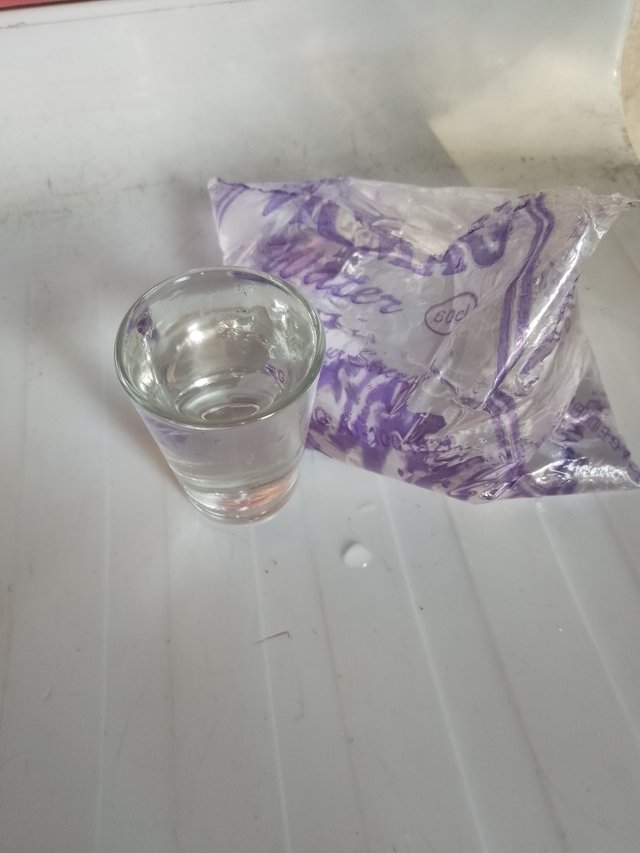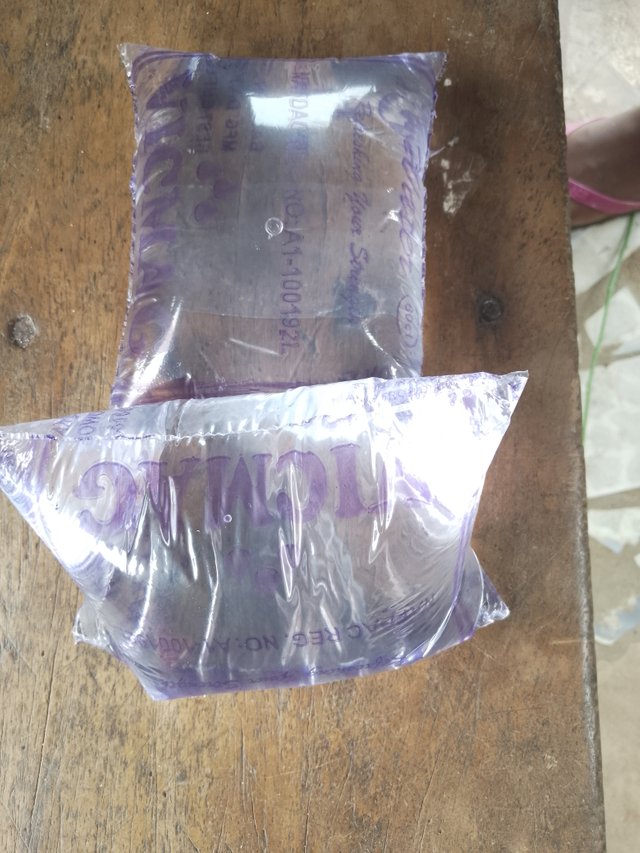Untreated sachet water
Hello steemian... How is everyone doing ??
I believe that you all had a wonderful and nice day...
what is water
Water is a transparent, tasteless, odorless, and nearly colorless chemical substance that is the main constituent of Earth's streams, lakes, and oceans, and the fluids of most living organisms. It's composed of two hydrogen atoms bonded to one oxygen atom, forming the chemical formula H2O.

untreated sachet water
Untreated sachet water can pose health risks as it may contain harmful bacteria, viruses, or other contaminants. It's important to always ensure that the water you consume is properly treated and safe for drinking to avoid potential health issues.

how to know untreated sachet water
Detecting untreated sachet water can be tricky, but here are some signs to look out for:
Label and Packaging: Check for proper labeling and packaging. Untreated water may have misspelled labels, unclear packaging, or lack an expiration date.
Taste and Odor: Untreated water might have an unusual taste or odor due to impurities or contamination.
Clarity: Properly treated water should be clear. If the water appears cloudy or has particles floating in it, it may not have been adequately treated.
Source: Know the source of the water. If it's from an unreliable or unregulated source, there's a higher chance it's untreated or poorly treated.
Certifications: Look for certifications from regulatory bodies or quality assurance organizations. These can indicate that the water has been properly treated.
Consistency: Consistency in taste, odor, and appearance is also important.
Consultation:
solutions for untreated sachet water
Untreated sachet water poses significant health risks. To address this issue, communities can implement various solutions:
Public Awareness Campaigns: Educating people about the dangers of untreated water and promoting the importance of clean water consumption can help raise awareness.
Water Treatment Facilities: Establishing or upgrading water treatment plants to properly treat sachet water before distribution.
Regulatory Measures: Implementing and enforcing regulations to ensure sachet water producers adhere to quality standards and use proper treatment methods.
Community Water Filters: Providing communities with affordable water filtration systems that can effectively remove contaminants from sachet water.
Alternative Water Sources: Exploring alternative sources of clean water, such as boreholes or wells, to reduce reliance on untreated sachet water.
Collaboration with NGOs: Partnering with non-governmental organizations (NGOs) to support water sanitation projects and provide access to clean drinking water.
Consumer Empowerment: Encouraging consumers to demand quality assurance from sachet water producers and choose products that undergo proper treatment processes.
@felix12 I will love to invite special guest to my post